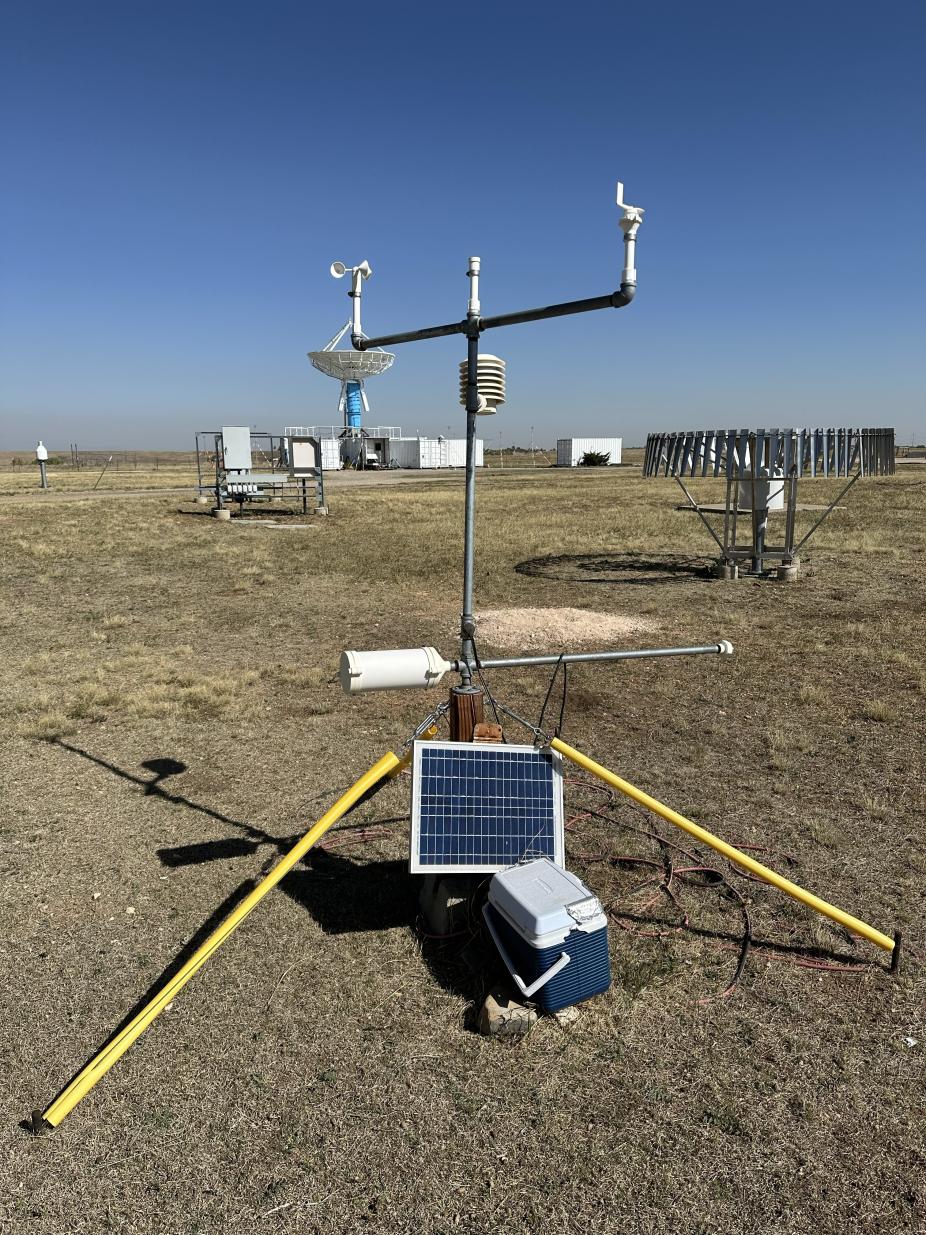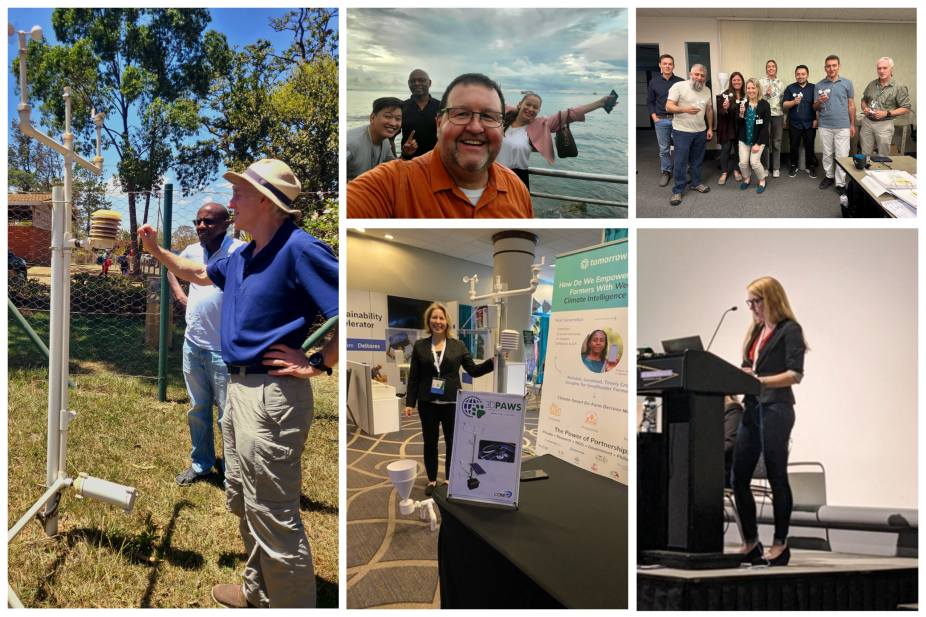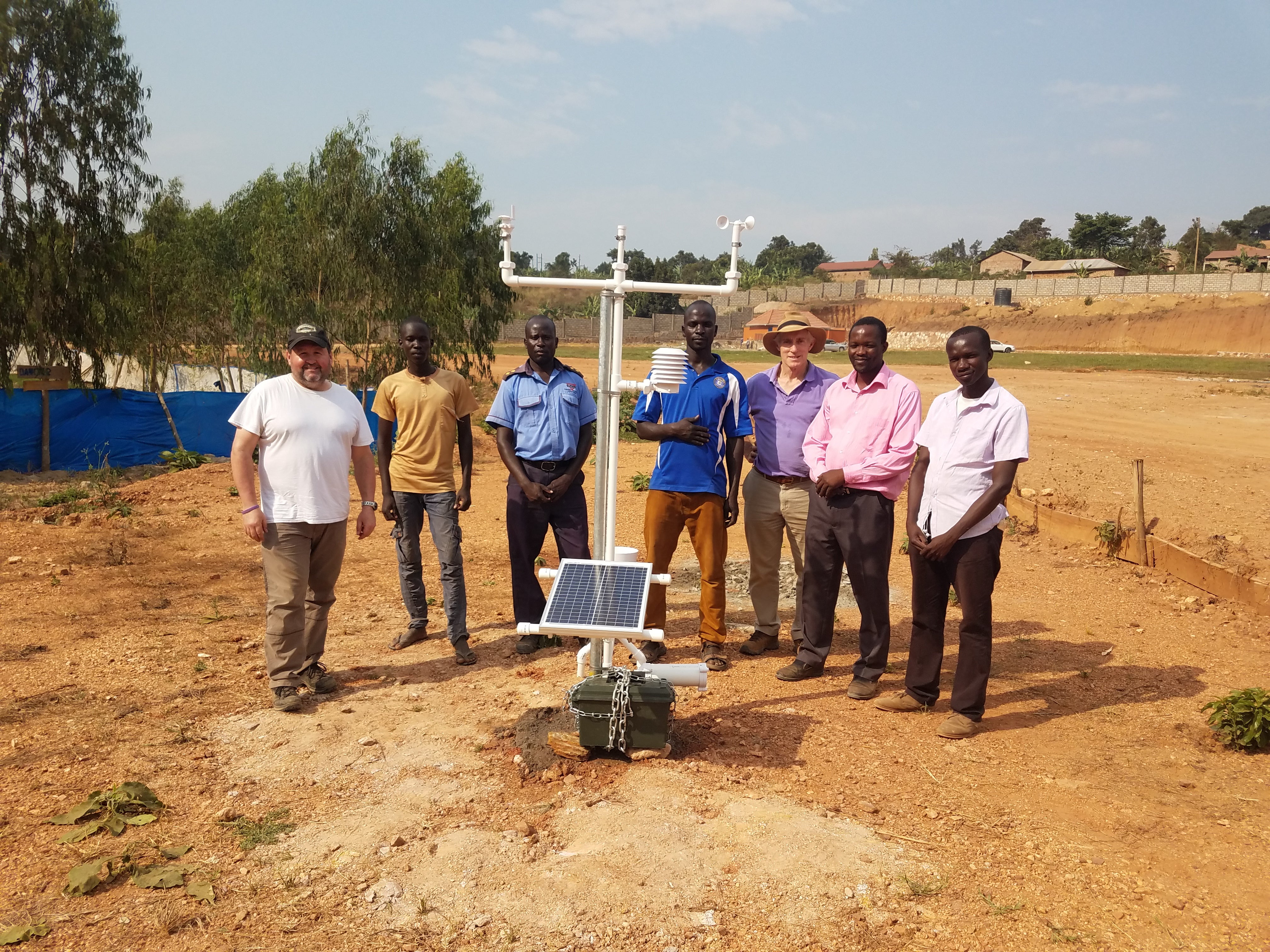Our Capacity Development Story
Our Origins
The origins of COMET's Innovative Capacity Development Program (ICDP) began with a program called RANET (Radio and Internet for the Communication of Hydro-Meteorological and Climate Related Information) in 2009.
To address a wider range of communication issues, the International Extension and Public Alert Systems (IEPAS) program was born out of RANET. IEPAS evolved and expanded to become the all-encompassing Innovative Capacity Development Program in 2014.
Growing Our Impact
Ten years ago, Paul Kucera and Martin Steinson— the COMET Innovative Capacity Development Program Assistant Director and engineer, respectively—implemented the groundbreaking idea that was first developed by a former UCAR staff member, Kelly Sponberg: Could we use 3D-printers to create low-cost and easy-to-maintain weather stations to boost weather observation networks for data-sparse regions?
This idea led to the creation of the 3D-Printed Automatic Weather Stations (3D-PAWS) initiative, established by the U.S. National Weather Service (NWS) International Affairs Office (IAO) and the University Corporation for Atmospheric Research (UCAR).

Many updates to the 3D-PAWS unit have been made since this early model was created, which stands at the NSF NCAR Marshall Field in Boulder, CO.
Since then, the COMET Innovative Capacity Development Program (ICDP) team has helped partners fabricate, build, and maintain over 250 3D-PAWS systems in rural and data-sparse communities.
Looking Ahead
COMET’s ICDP team continues to develop into a robust team of scientists, engineers, project coordinators, meeting planners, technical and administrative as we grow our partnerships.

The COMET International Capacity Development Team
Our team travels to train local national meteorological services and communities on how to fabricate, build, and maintain 3D-PAWS and its sensors. We also provide extensive training for teams of meteorologists, either on-location or at the COMET Training Center in Boulder, Colorado.
3D-PAWS Regional Training Centers
As the number of 3D-PAWS networks continues to grow, there is a need to work with national meteorological services to provide continuous local 3D-PAWS training. The ICDP team began working to establish 3D-PAWS Training Centers in the regions that need them most. These centers would contain all the necessary equipment, materials, and expertise needed for training local technicians on how to fabricate, build, and maintain 3D-PAWS, how to set up and access sensor data, and more.
